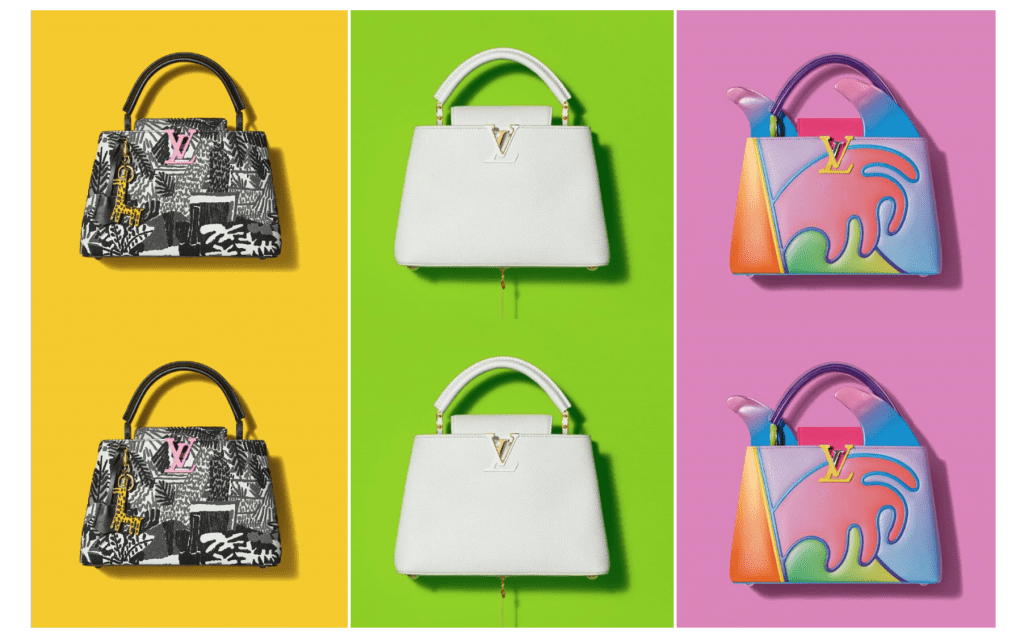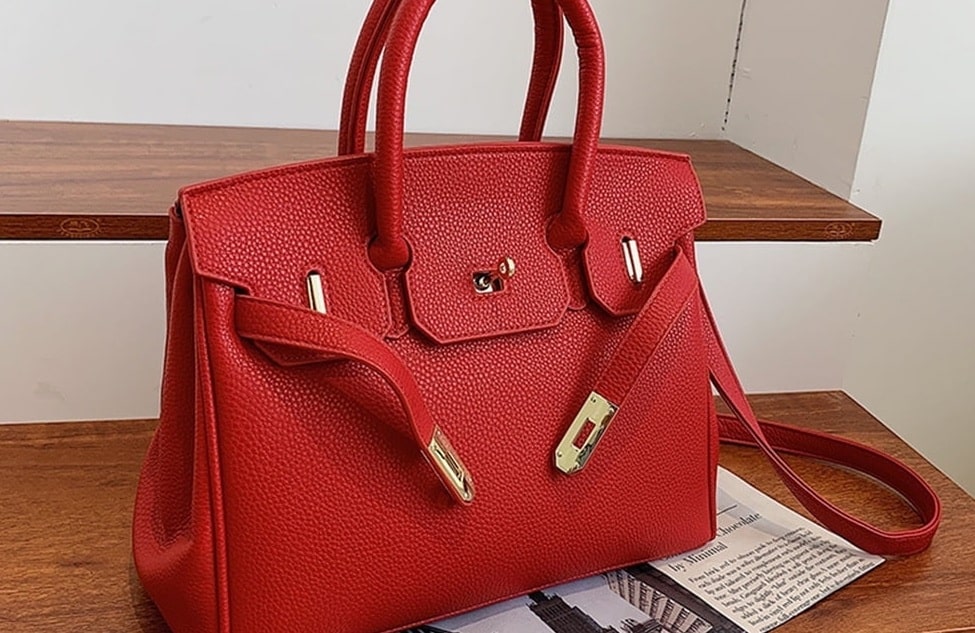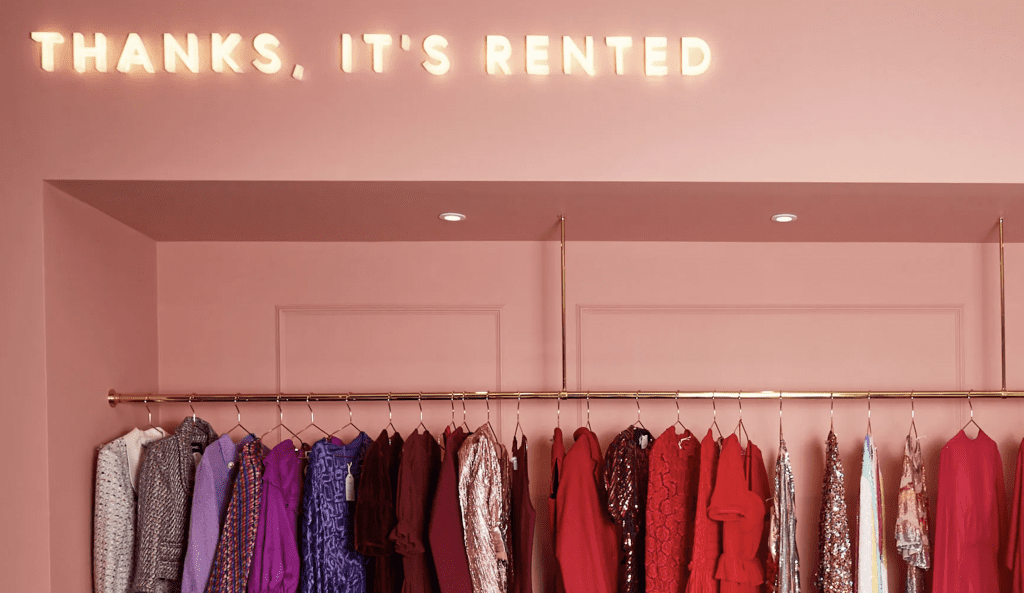Luxury is the fastest growing category on a new list of the most valuable global brands. According to the annual BrandZ Global Top 100 list put forth by British advertising public relations giant WPP’s data investment management arm Kantar, which ranks the world’s 100 most valuable brands, while Amazon tops the list (with a Kantar-assigned value of over $315 billion – as distinct from its $913.4 billion market capitalization), followed by Apple, Google, Microsoft, and Visa, luxury and other retail brands are the subject of special attention for their growing valuations, nonetheless.
Unlike the calculation for a company’s market capitalization, i.e., the multiplication of a company’s shares outstanding with the current market price of one share, Kantar assigns a value to its Top 100 brands by pairing the brands’ financials with consumer viewpoints by way of research that covers over 3.7 million consumer interviews and more than 165,000 different brands in over 50 markets (to determine brand equity). According to Kantar, “We strongly believe that how consumers perceive and feel about a brand determines its success and failure.”
With that in mind, Louis Vuitton took the highest spot of an fashion brand on the Top 100 list, landing in the number 22 spot (up 4 spots from 2018) with a valuation of $47 billion, followed by Chanel in the #31 spot with a $37 billion valuation; Hermès in the #37 spot (up 2 spots from 2018) and valued at $30.9 billion; and Gucci nabbed the # 52 (up 2 spots from 2018).
Speaking specifically about the luxury segment, Kantar noted that “although the number of people able to purchase luxury products remained limited [over the year], social media expanded the opportunity for more people to appreciate luxury brands.”
“This shift in the ongoing tension between exclusivity and accessibility appealed to two audiences,” per Kantar: “Older, traditional customers wanted to feel connected to luxury’s increasingly youthful and inclusive spirit. And younger, potential customers wanted to feel connected to luxury brands, even if they could afford only a symbolic, entry-point item—at least for now.” Still yet, the report asserts that “people unable to afford a luxury item had the option of renting one or possibly buying one for less money in the burgeoning resale market.”
Touching on the value of the resale market opportunity, Kantar notes that “previously disparaged, resale purchases now conferred a badge of smart shopping,” including among younger consumers, who “influenced luxury design and marketing, as brands increasingly rely on digital channels to communicate.”
Additional highlights include luxury brands’ reliance on streetwear as a mode of connecting with younger consumers. “Louis Vuitton, which introduced streetwear to luxury with its Supreme collection, [appointed] designer Virgil Abloh” to its menswear division, while fellow LVMH-owned brand Dior, which is luxury’s fastest rising brand, “established strong brand equity in China, particularly among millennials.”
Finally, Gucci, “which refreshed the brand several years ago, has improved significantly in several BrandZ metrics, including being trusted by consumers and being seen as Creative and Meaningfully Different” from similarly situated rivals. The Italian brand, in particular, “continued to rise in value because the brand has effectively refreshed a nearly century-old heritage and made the brand more accessible to a wider audience, while at the same time sustaining its exclusivity and premium pricing.”











